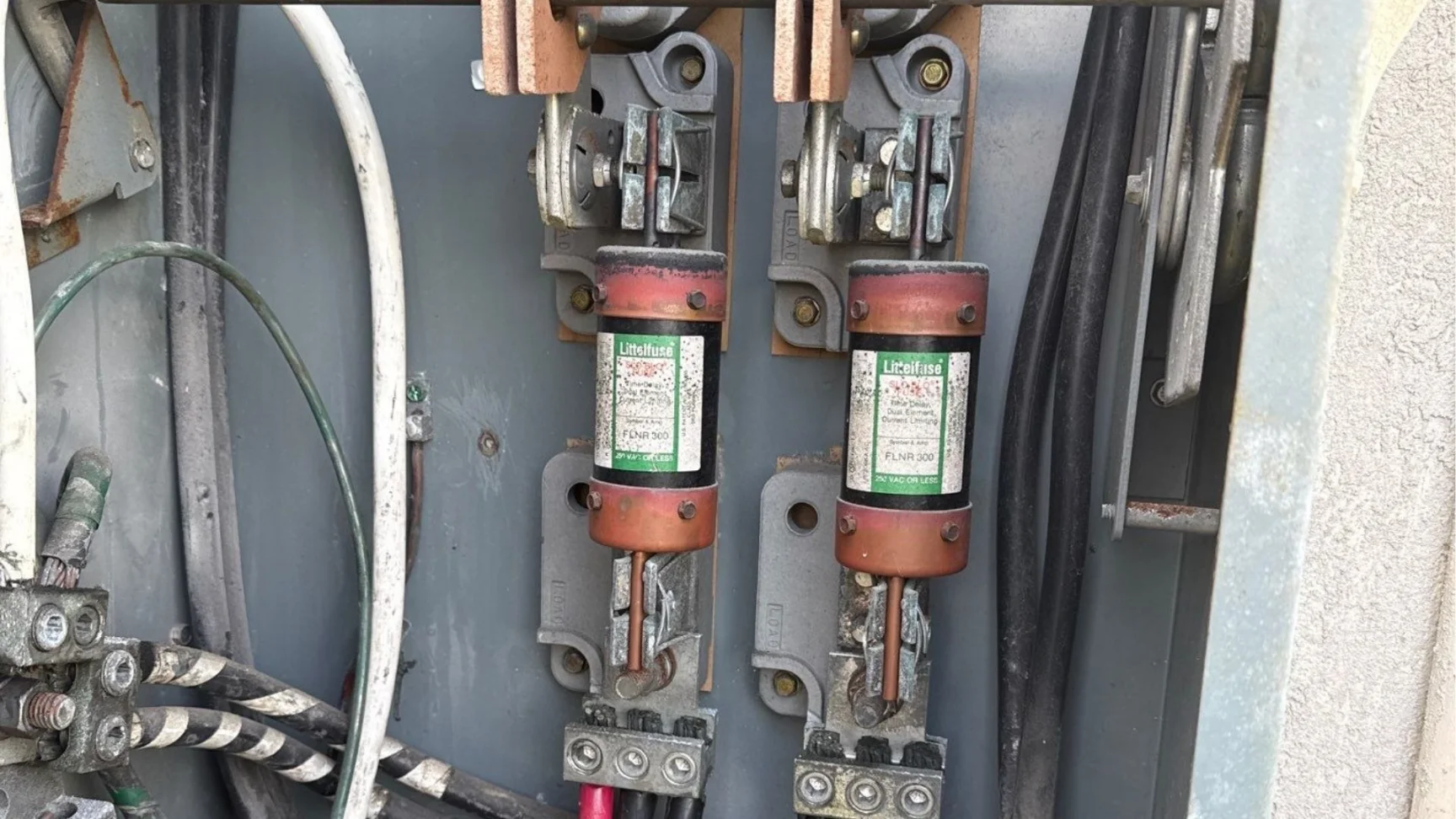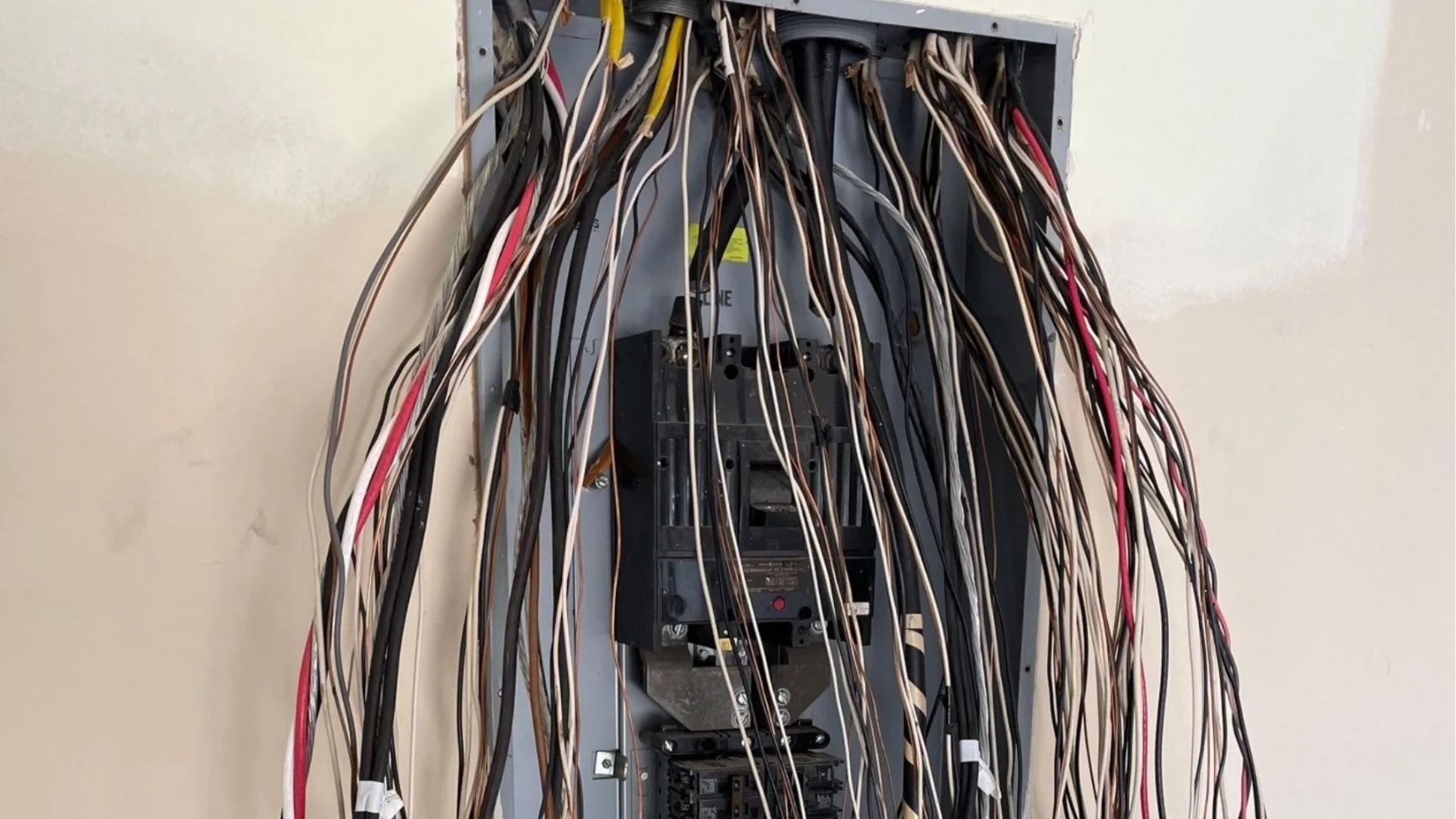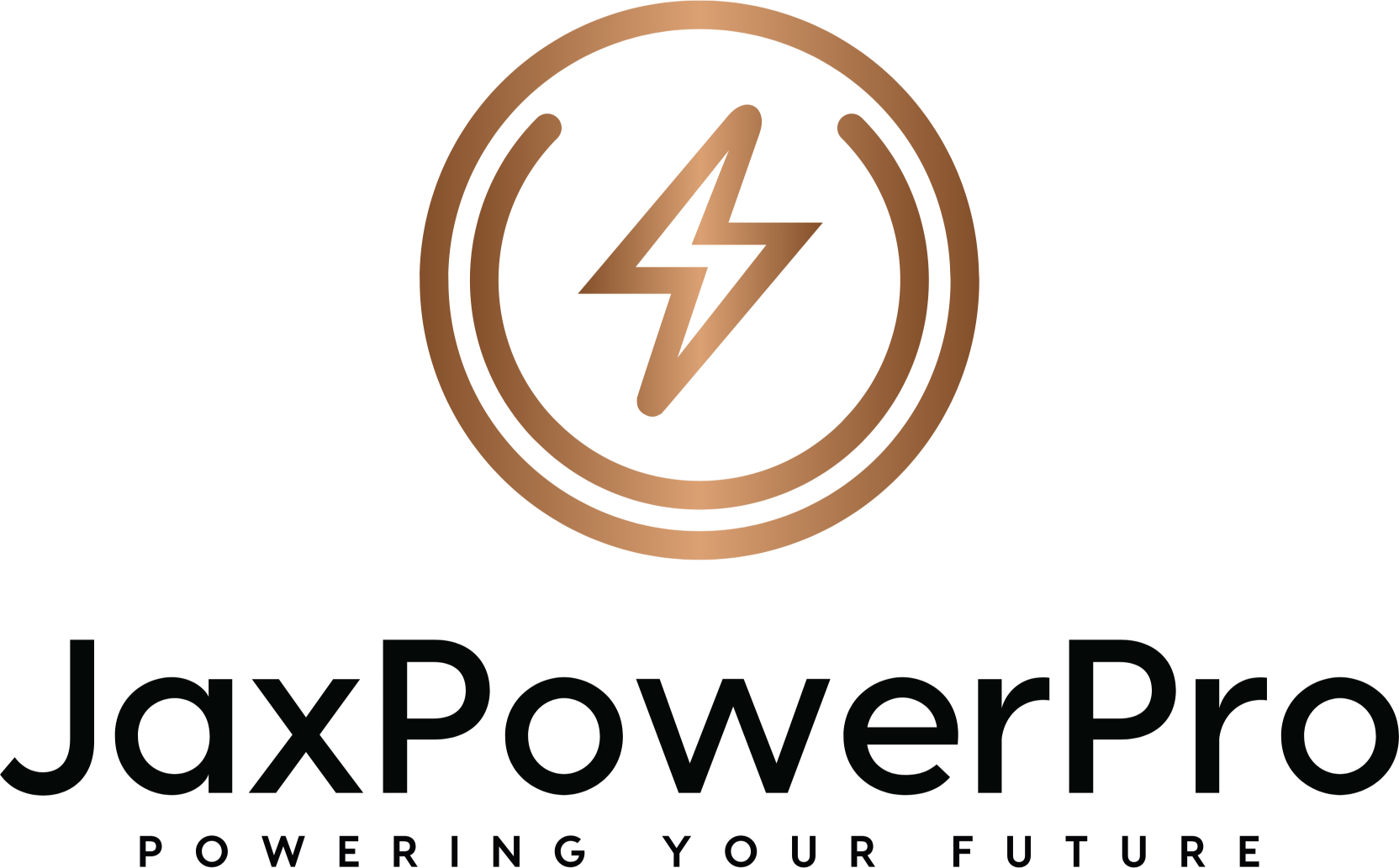Your home’s electrical panel, also known as the breaker panel, is the heart of your electrical system. It distributes power throughout your home and protects circuits from overloads and potential electrical fires. However, like any other essential home component, electrical panels do not last forever. Over time, they can become outdated, inefficient, or even dangerous.
Many homeowners are unaware of when to have breaker panel upgrades. Waiting too long can lead to electrical hazards, power outages, and limited capacity for modern appliances. In this blog post, we will explore the key signs that indicate it’s time for a breaker panel upgrade, the benefits of upgrading, and what to expect during the process.
Signs You Need a Breaker Panel Upgrade

Not sure if you need a new electrical panel? Here are some clear signs that indicate it’s time to consider an upgrade:
1. Frequent Circuit Breaker Trips
If your breakers trip frequently, it may indicate that your panel is struggling to handle your home’s electrical demands. While occasional trips are normal, constant tripping suggests that your panel is overloaded or failing. This can happen due to outdated wiring, excessive power consumption, or a panel that has simply outlived its intended lifespan. Ignoring frequent trips can lead to more significant electrical failures and potential fire hazards.
2. Flickering or Dimming Lights
Do your lights flicker or dim when you turn on large appliances? This is a sign that your panel is not supplying enough power to your home. Older panels often struggle to support modern electrical loads, leading to voltage drops. This issue can become more apparent when multiple appliances are used simultaneously, such as running a microwave while using a hairdryer. If left unresolved, it could lead to more severe electrical failures or even damage to sensitive electronics.
3. Burning Smells or Scorch Marks on the Panel
A burning odor near your electrical panel or visible scorch marks are major red flags. This could indicate overheating wires, a failing panel, or potential fire hazards. If you notice these signs, contact an electrician immediately. Burnt wires and melted insulation can increase the risk of electrical fires, putting your home and family in danger. Addressing these warning signs early can prevent a catastrophic electrical failure.
4. Outdated or Obsolete Electrical Panel
Older homes may still have outdated panels, such as fuse boxes or unsafe brands like Federal Pacific, Zinsco, or Pushmatic panels. These panels have been linked to electrical failures and should be replaced as soon as possible. Fuse boxes, in particular, are not designed to handle today’s electrical demands, and some older panels have been recalled due to safety concerns. If your home was built decades ago and still has its original panel, it may be time to upgrade to a modern system that meets current safety standards.
5. Insufficient Power for Modern Appliances
If you’ve recently added high-power appliances such as an EV charger, HVAC system, or home theater, your existing panel may not have enough capacity. Upgrading to a higher-amp panel ensures your home can handle these additions safely. Many older homes have 100-amp panels, while modern homes typically require 200 amps or more to accommodate today’s electrical demands. If your panel is frequently maxed out, upgrading to a higher-capacity panel will improve efficiency, prevent overloads, and allow for future expansions.
Benefits of Upgrading Your Electrical Panel

A breaker panel upgrade offers several advantages, including:
1. Improved Electrical Safety
Newer panels are designed to meet modern safety standards, reducing the risk of electrical fires, shocks, and power surges. Arc-fault and ground-fault circuit interrupters (AFCIs & GFCIs) provide additional protection. These advanced safety features help detect dangerous electrical faults before they become major hazards, keeping your home and family safe.
2. Better Energy Efficiency and Reliability
Upgrading your panel ensures a more stable and efficient electrical supply, reducing energy waste and preventing inconvenient power fluctuations. A newer panel can handle high-energy appliances more effectively, preventing overheating and inefficiencies that can lead to power interruptions or even damage to electronics.
3. Compliance with Modern Electrical Codes
Many local electrical codes require panels to meet updated safety and efficiency standards. An upgraded panel ensures your home remains compliant and avoids potential issues when selling your home. Meeting modern electrical codes also improves insurance eligibility and reduces the risk of violations or fines from home inspections.
4. Increased Home Value
A modern, upgraded electrical panel is an attractive feature for potential homebuyers. It signals that your home is well-maintained, future-ready, and safe. Buyers often see a new panel as a long-term investment that prevents costly repairs and upgrades after purchasing a property.
5. Supports Home Expansion and Renovations
If you’re adding new rooms, installing central air conditioning, or expanding your kitchen, an upgraded panel ensures your home has the necessary power capacity. Older panels may not be able to support the increased demand from new appliances, lighting, or entertainment systems. A higher-capacity panel allows for flexibility in future home upgrades without the risk of overloading circuits.
How to Determine If Your Panel Needs an Upgrade
If you’re unsure whether your breaker panel needs upgrading, consider these steps:
1. Consult a Licensed Electrician
A professional electrician can inspect your panel, assess your electrical needs, and determine if an upgrade is necessary. They will check for outdated wiring, overloaded circuits, and any safety concerns that may require immediate attention.
2. Check the Amperage Rating
Older homes often have 60-amp or 100-amp panels, which may not be sufficient for modern electrical demands. Most new homes require at least a 200-amp panel to handle high-energy appliances, including air conditioning units, electric water heaters, and advanced entertainment systems. A 400-amp panel may be necessary for larger homes or those planning substantial expansions.
3. Evaluate Your Home’s Electrical Load
Consider the number of appliances, devices, and electrical systems in your home. If your panel struggles to supply power without frequent breaker trips, an upgrade is likely needed. Adding up the total wattage of all major appliances can give you an idea of your home’s electrical demand and whether your panel is sufficient.
4. Consider Future Needs
If you plan to install solar panels, an electric vehicle (EV) charger, or a home automation system, upgrading your panel will ensure you have the capacity for these advancements. Future-proofing your electrical system can prevent costly upgrades later and ensure your home is equipped for evolving technology.
What to Expect During a Breaker Panel Upgrade
Upgrading your electrical panel is a significant project that requires professional expertise. Here’s what you can expect during the process:
1. Hiring a Professional Electrician
A licensed electrician will assess your current panel, determine the best upgrade option, and provide an estimate for the work. Choosing a qualified electrician ensures that the job is done safely and in compliance with local codes.
2. Timeline for the Upgrade
Most panel upgrades take between 4 to 8 hours, but the timeframe may vary depending on the complexity of the installation and whether additional wiring updates are needed. If major rewiring or service upgrades are required, the process could take an entire day or more.
3. Temporary Power Outages
Your home’s power will be shut off during the upgrade. Be prepared by charging essential devices and making alternative arrangements if you rely on electricity for medical equipment or remote work. An electrician will typically coordinate with the utility company to minimize downtime.
4. Installation and Testing
The old panel will be removed, and the new one installed, followed by the reconnection of all circuits. After installation, the electrician will test the system to ensure everything is functioning properly and that no circuits are overloaded.
5. Final Inspection and Approval
In many areas, an electrical inspection is required after a panel upgrade. A local inspector will verify that the work meets safety standards before approving the installation. Once approved, your new panel will be fully operational, ensuring a safer and more efficient electrical system.
Upgrade Your Electrical Panel for a Safer Home
Upgrading your breaker panel is an essential investment in your home’s safety, efficiency, and future energy needs. If you’ve experienced frequent circuit breaker trips, flickering lights, or noticed an outdated panel, it’s time to consider an upgrade. A modern panel will provide increased reliability, compliance with current electrical codes, and the capacity to support your household’s growing energy demands.
Not only will a new panel reduce the risk of electrical fires and system failures, but it will also add value to your home and ensure seamless integration with future technological advancements, such as EV chargers and smart home devices.
If you’re unsure whether your home needs a panel upgrade, consulting with a licensed electrician is the best course of action. A professional electrician can assess your existing system, recommend the right panel size, and ensure a safe, code-compliant installation. Don’t wait for a power failure or electrical hazard—reach out to a trusted electrician today to discuss your breaker panel upgrade and secure a more reliable electrical system for your home.






